Minimizing Your Environmental Impact While Traveling in Nigeria
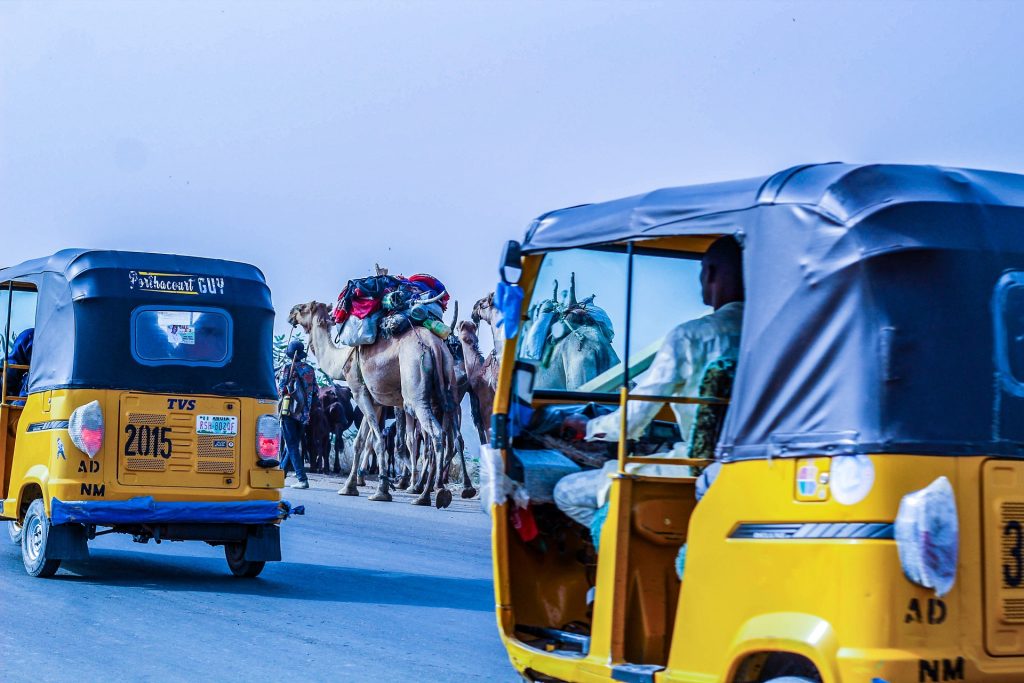
Nigeria is a land of extraordinary beauty and biodiversity, with vibrant cities, lush rainforests, and diverse ecosystems. For nature lovers and adventurers, it offers a wealth of opportunities. That said, traveling responsibly is key to preserving the natural wonders and respecting local communities. So in this article, we’ll explore how to minimize your environmental impact […]
Unlocking Creativity: Eco-Friendly Art Techniques with Recycled Materials
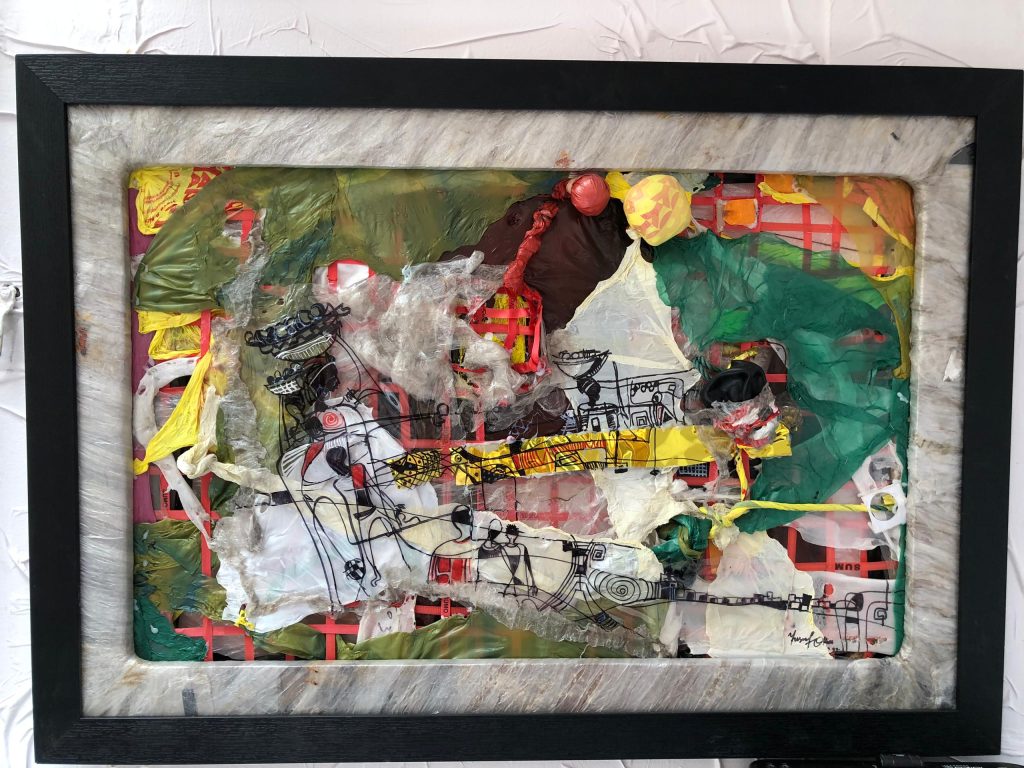
In today’s world, the concept of eco-friendliness has extended its reach into the realm of art. Artists, both seasoned and emerging, are increasingly turning to sustainable practices, giving birth to the fascinating world of eco-friendly art. This movement not only fosters creativity but also contributes to environmental sustainability by utilizing recycled materials and reducing waste. […]
Plastic Waste: 10 Effective Ways To Reduce It In Your Kitchen
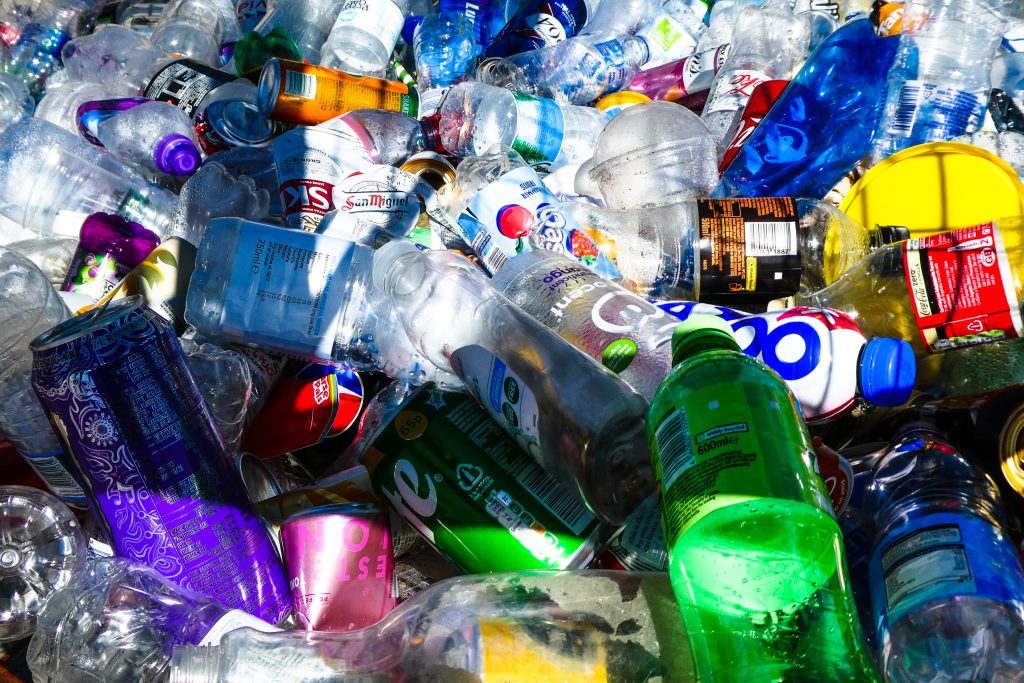
Plastic waste has become a pressing environmental concern, and one area where we can make a significant impact is in our kitchens. By adopting simple yet effective practices, we can reduce plastic use and contribute to a healthier planet. In this article, we’ll explore ten practical ways to reduce plastic waste in your kitchen. 1. […]
SANITATION AND HYGIENE
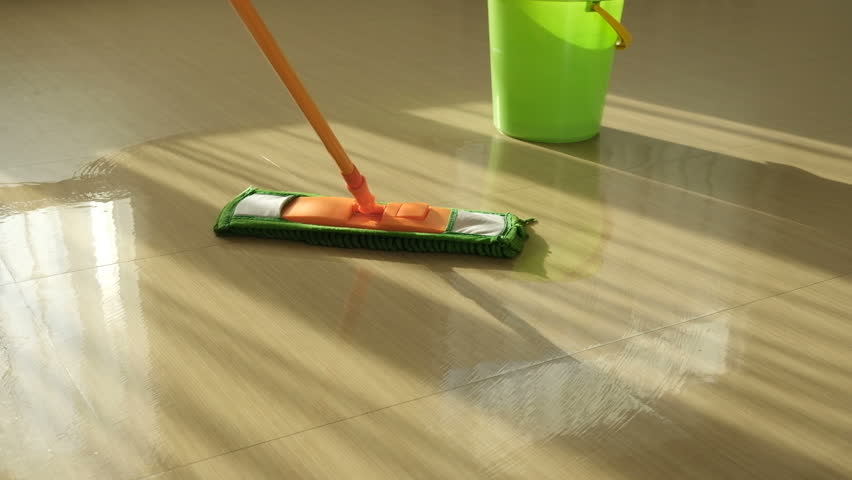
Sanitation and hygiene are critical to health, survival and development. Many countries are challenged in providing adequate sanitation for their entire populations, leaving people at risk for water. Throughout the world, an estimated 2.4 billion people lack basic sanitation (more than 32% of the world’s population). Basic sanitation is described as having access to facilities […]
RELATIONSHIP WITH YOUR ENVIROMENT
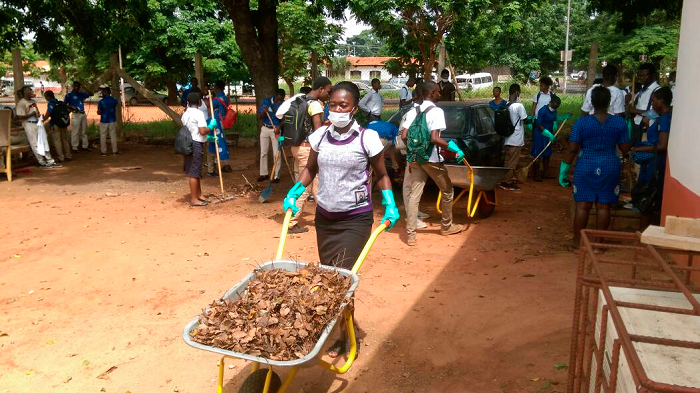
Human activity causes environmental degradation, which is deterioration of the environment through depletion of resources such as air, water and soil; destruction of ecosystems; habitat destruction; extinction of wildlife; and pollution. The environment has an effect on people’s behavior and motivation to act. When an environment is clean and neatly arranged, it influences the mood […]
Why A Retreat To Nature Can Be So Therapeutic

Psychotherapist and philosopher Erich Fromm (1900-1980) called the longing for nature biophilia. This is people’s love for nature, for the living. The term comes from the Greek and literally means “love of life or living systems.” After Fromm’s death, the evolutionary biologist and professor at Harvard University, Edward O. Wilson, adopted this term and introduced […]
10 Ways To Make Your Community Healthier
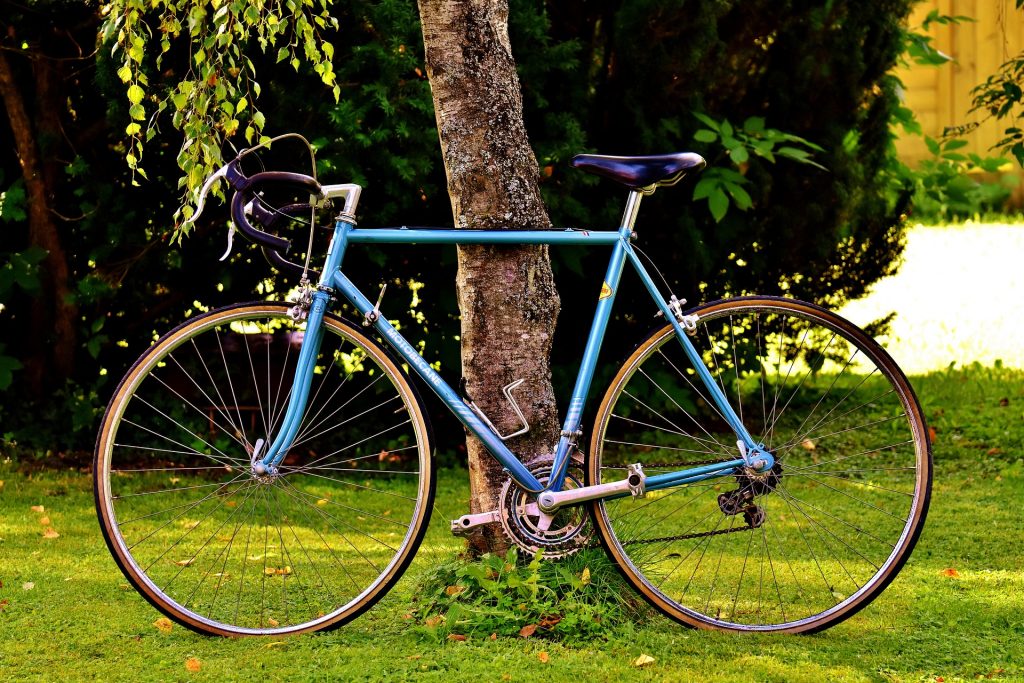
The environment in your neighborhood and surrounding community has a huge impact on your health and lifespan. Where you live determines how safe your drinking water is, whether you have access to healthy food, how often you get outdoors to exercise and whether you breathe clean air. In fact, an health statistics show that social […]
